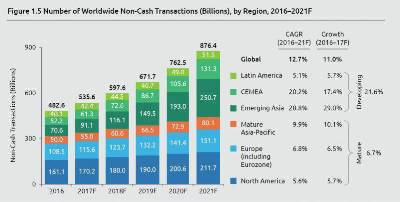FinTech and Mobile payments are now common place. Adoption was initially slow due to the nature of the mobile technology supporting the concept. However significant advances on the technology front have made this area one of burgeoning growth in the financial services sector.

Services based and text-based payment and proximity device communications a Re-appearing worldwide. Widespread use of smartphones and consumer comfort with mobile devices for more than communication are the principal drivers of a resurgent and increased interest in mobile payments. In addition, advances in software and hardware Security techniques have made trusted financial transactions possible from these devices.